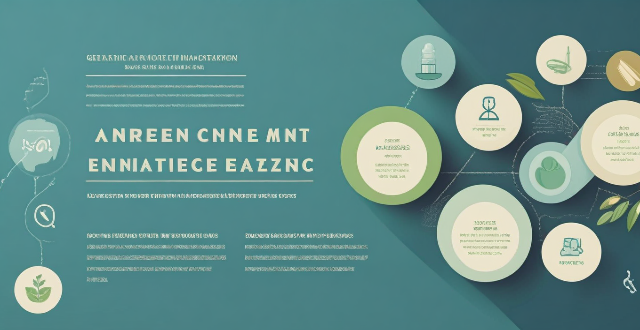Biosafety containment levels are measures taken to isolate hazardous biological agents in labs and research facilities. These range from 1 (low risk) to 4 (high risk), with each level indicating the severity of the risk associated with the agent and the corresponding safety measures required to handle it. Examples include most microorganisms used in teaching labs (BSL-1), human pathogens like Salmonella (BSL-2), Mycobacterium tuberculosis (BSL-3), and Ebola virus (BSL-4). The appropriate biosafety containment level should be determined based on a risk assessment of the biological agent being handled, taking into account factors such as pathogenicity, mode of transmission, availability of effective treatments or vaccines, and potential impact on public health.

Biosafety Containment Levels
Biosafety containment levels refer to the measures taken to isolate hazardous biological agents in a laboratory or research facility. These levels range from 1 to 4, with each level indicating the severity of the risk associated with the agent and the corresponding safety measures required to handle it. The different levels of biosafety containment are as follows:
Level 1 (BSL-1)
- Low individual risk, low community risk
- Agents with minimal potential hazard to workers
- Examples: Most microorganisms used in teaching laboratories, environmental samples containing common bacteria or viruses
Level 2 (BSL-2)
- Moderate individual risk, low community risk
- Agents associated with human diseases that are rarely serious and for which effective preventive measures exist
- Examples: Human pathogens such as Salmonella, Neisseria meningitidis, and some hemorrhagic fever viruses
Level 3 (BSL-3)
- High individual risk, low community risk
- Agents that may cause serious or lethal human disease and for which there is no effective treatment or vaccine
- Examples: Mycobacterium tuberculosis, St. Louis encephalitis virus, and West Nile virus
Level 4 (BSL-4)
- High individual risk, high community risk
- Agents that can cause severe or lethal human disease and for which there is no effective treatment or vaccine
- Examples: Ebola virus, Marburg virus, and Variola major virus (smallpox)
When to Use Each Level
The appropriate biosafety containment level should be determined based on the risk assessment of the biological agent being handled. This assessment takes into account factors such as the pathogenicity, mode of transmission, availability of effective treatments or vaccines, and the potential impact on public health. In general, the following guidelines can be used to determine the appropriate containment level:
- BSL-1: Suitable for work with agents that pose minimal risk to humans and the environment. Basic microbiological practices and equipment are sufficient.
- BSL-2: Required for work with agents that can cause human disease but have effective preventive measures available. Specialized laboratory facilities and practices are needed.
- BSL-3: Necessary for work with agents that can cause serious or lethal human disease and lack effective treatment or vaccine. Highly specialized laboratory facilities and strict safety protocols are required.
- BSL-4: Mandatory for work with agents that pose a high risk to both individuals and the community due to their ability to cause severe or lethal disease without available treatment or vaccine. Extremely specialized laboratory facilities and stringent safety measures are essential.